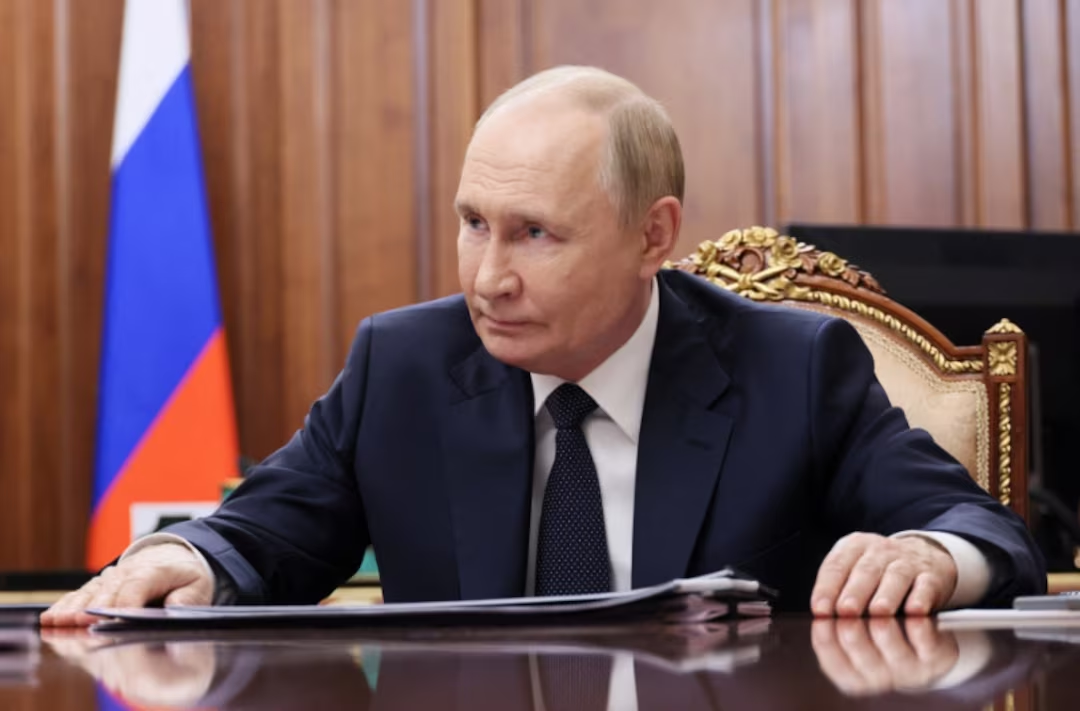Putin demands Ukraine give up Donbas
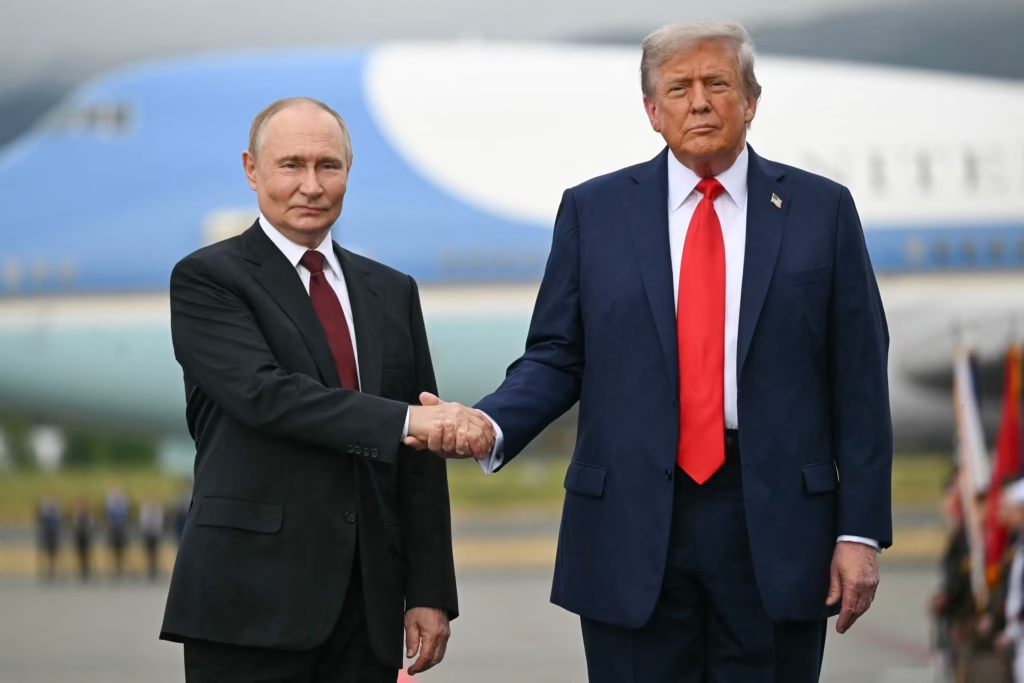
Putin demands Ukraine give up Donbas – The recent Trump-Putin summit in Alaska has reignited global speculation about whether the Russia-Ukraine war could move toward a negotiated settlement. For the first time in years, the leaders of the United States and Russia met face-to-face to discuss a possible Ukraine peace deal, focusing heavily on the Donbas region, NATO expansion, and Ukraine’s sovereignty.
While both leaders projected cautious optimism, the details reveal profound challenges that go far beyond Ukraine’s borders—affecting European security, U.S. international laws, worldwide energy markets, and foreign policy.
Putin’s Peace Demands A Revised but Firm Stance
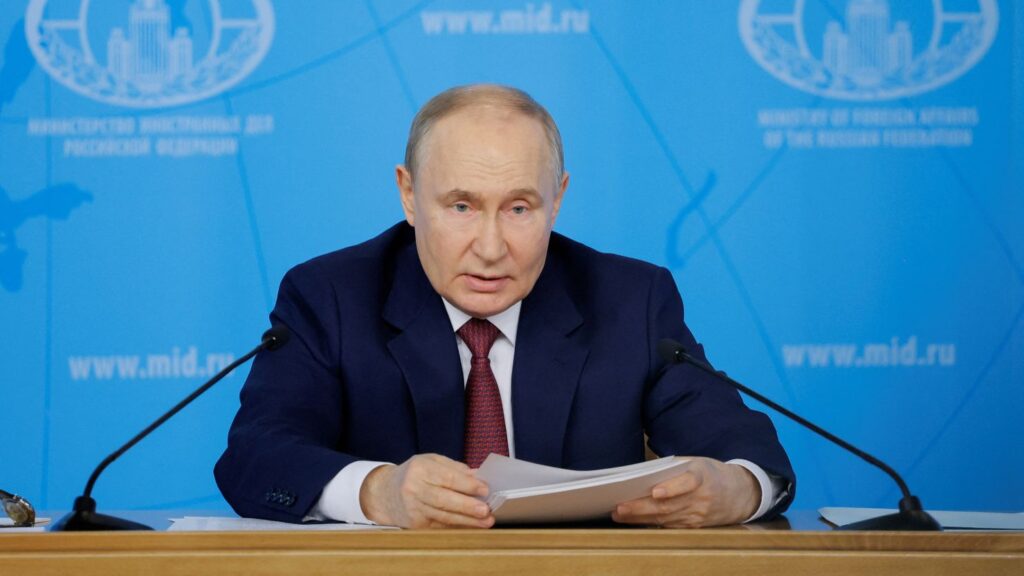
According to Russian sources, President Vladimir Putin has adjusted his earlier demands, but his conditions still involve significant concessions from Ukraine.
Core Russian Demands
- Withdrawal from Donbas: Ukraine must retreat from the remaining areas of Donetsk and Luhansk it still controls.
- NATO Neutrality: Ukraine must renounce its constitutional commitment to join NATO, ensuring no further eastward expansion of the alliance.
- Troop Restrictions: No Western troops may be stationed in Ukraine under a peacekeeping arrangement.
- Military Limits: Ukraine’s armed forces would face new restrictions to prevent future offensives.
Potential Concessions by Moscow
- Freeze on Southern Fronts: Russia would stabilize frontlines in Zaporizhzhia and Kherson and stop advances.
- Territorial Handovers: Minor areas in Kharkiv, Sumy, and Dnipropetrovsk under Russian control could be returned to Ukraine.
In short, Putin seeks to secure Donbas while freezing gains elsewhere—a partial rollback of earlier demands for all four occupied provinces.
The Strategic Importance of Donbas
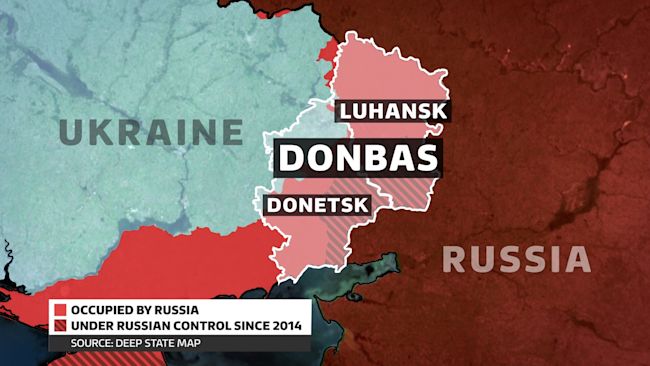
The Donbas region has become the central battleground and bargaining chip.
- Industrial Core: Donbas is rich in coal, steel, and heavy industry, making it a vital economic hub for Ukraine.
- Defensive Fortress: Ukraine’s military regards Donbas as a frontline barrier preventing deeper Russian incursions.
- Symbolic Weight: For Russia, controlling Donbas reinforces its narrative of defending Russian-speaking populations.
- Global Impact: Prolonged fighting in Donbas has devastated supply chains, driving up energy costs and grain shortages worldwide.
Giving up Donbas would mean losing the buffer zone defending Ukraine’s central region as well as losing land.
Kyiv’s Position Red Lines That Cannot Be Crossed
President Volodymyr Zelenskiy has categorically rejected the idea of giving up territory.
- Constitutional Commitment: Ukraine’s constitution explicitly guarantees the goal of joining NATO.
- Security Imperative: Zelenskiy argues that NATO membership is Ukraine’s only reliable defense against further Russian aggression.
- Territorial Integrity: International law recognizes Donbas, Kherson, Zaporizhzhia, and Crimea as Ukrainian territory.
- Political Consequences: Any concession could shatter domestic support and embolden further Russian claims.
In Zelenskiy’s words:
“If we’re talking about simply withdrawing from the east, we cannot do that. It is a matter of our country’s survival.”
Trump’s Role Peacemaker or Political Opportunist?
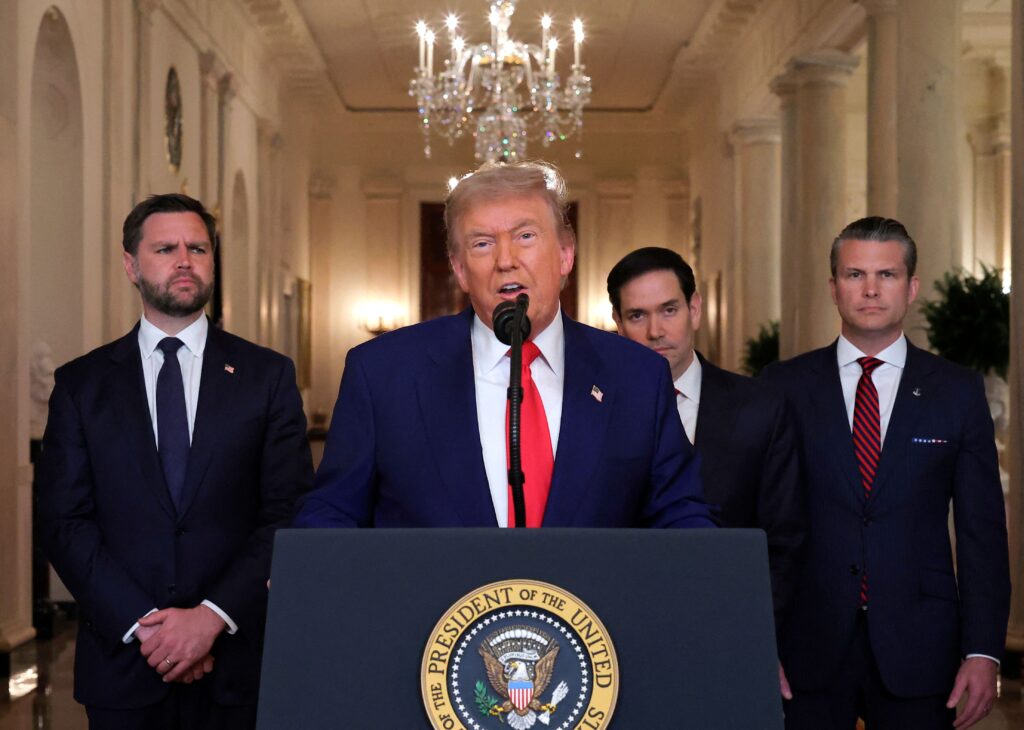
Former U.S. President Donald Trump has portrayed himself as the leader who can end the war quickly.
Trump’s Goals
- Position himself as a “peacemaker president” ahead of the U.S. elections.
- By negotiating a settlement, the United States can cut off its military and financial support for Ukraine.
- Showcase personal diplomacy as a contrast to Biden’s reliance on NATO unity.
Risks of Trump’s Approach
- A leader-to-leader deal risks sidelining Ukraine’s actual interests.
- Compromises may prioritize short-term peace over long-term security.
- European allies fear U.S. disengagement would weaken NATO solidarity.
Trump insists he wants to stop the “bloodbath,” but analysts warn his approach could pressure Ukraine into accepting terms it views as existentially unacceptable.
Also Read:
NATO’s Dilemma and Western Reactions
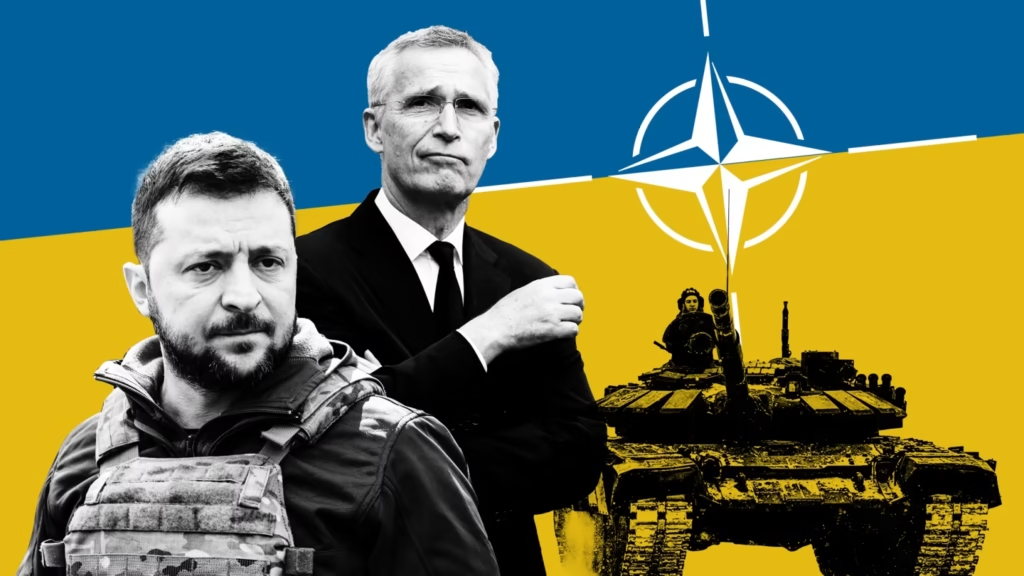
The Alaska talks sparked mixed reactions across the West.
- NATO Leaders: Skeptical of Putin’s intentions, fearing he could use a ceasefire to regroup militarily.
- European Union: Worries that a frozen conflict would destabilize borders and encourage similar aggression elsewhere.
- United States: Divided—some see negotiations as a step toward peace, others view them as undermining Ukraine’s sovereignty.
- China and the Global South: Observing closely, as the outcome could reshape alliances and power balances worldwide.
The Human Cost of the War
Behind diplomatic maneuvers lies a massive humanitarian crisis.
- Casualties: Independent estimates suggest over 500,000 killed or wounded since February 2022.
- Displacement: Nearly 8 million Ukrainians have fled abroad, with millions more displaced internally.
- Civilian Impact: Schools, hospitals, and infrastructure continue to be destroyed, leaving civilians without basic services.
- Global Food Security: Ukraine, once a major grain exporter, struggles to ship wheat and corn—worsening hunger in parts of Africa and the Middle East.
Without addressing the human toll, no peace deal will bring true stability.
Economic Dimensions of the Conflict
War is not only fought on battlefields but also in global markets.
- Russia’s Economy: Long-term growth is stalling, but the country still exports gas and oil to finance its war in spite of sanctions.
- Ukraine’s Economy: More than 30% of GDP lost since 2022 due to infrastructure destruction and war expenses.
- Europe’s Energy Crisis: Reliance on Russian energy has forced Europe to diversify suppliers at high cost.
- Global Markets: Prolonged war risks triggering a global recession, driven by instability in energy, grain, and fertilizer markets.
Possible Paths Toward Peace
Analysts outline three main scenarios:
A U.S.-Russia-Ukraine Agreement
Agreed upon by the UN Security Council, handled by Washington, and codified in international law.
The Istanbul Model Revisited
Return to 2022 negotiations: Ukraine pledges permanent neutrality in exchange for security guarantees from the U.S., U.K., France, China, and Russia.
Frozen Conflict
A de facto ceasefire without a territorial settlement—similar to Korea or Transnistria. While it halts fighting, it risks leaving Ukraine in perpetual insecurity.
Conclusion A Narrow Road Ahead
The Trump-Putin summit may mark the most serious peace discussions since the invasion began, but the gulf remains wide.
- Russia wants recognition of gains in Donbas.
- Ukraine insists on full sovereignty and NATO membership.
- The U.S. and NATO remain divided on how much compromise is acceptable.
As one analyst put it:
“There are only two choices: war or peace. If there is no peace, then there is more war.”
The negotiation table and the battlefield are still inextricably linked for the time being. The choices made in the coming months will not only determine Ukraine’s future but also the shape of international security for decades to come.

